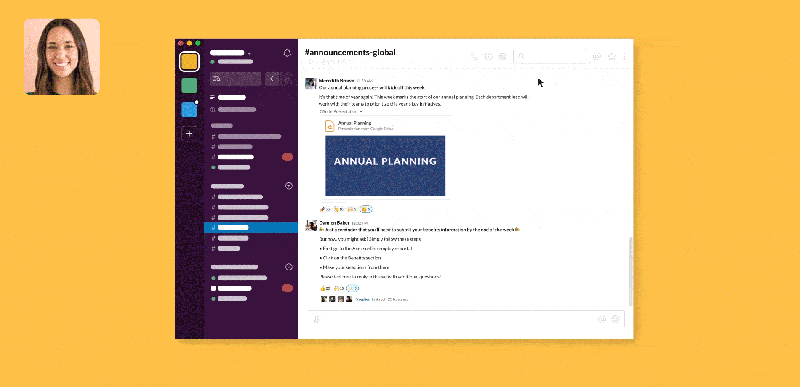Slack is making it easier for administrators to limit how employees talk to each other with notification channels that form a new kind of Slack chat space.
Available for Slack Plus and Enterprise customers, announcement channels makes it possible to limit posting permissions to administrators or specific employees. For example, a channel may be restricted to employees from a specific region or company division or team. An #HR-announcements channel, for instance, may only give posting permissions to HR employees.
Notification channels are designed to let management control the tenor of conversations in a channel. Emoji responses and threaded replies can be added to let non-designated employees chime in.

June 5th: The AI Audit in NYC
Join us next week in NYC to engage with top executive leaders, delving into strategies for auditing AI models to ensure fairness, optimal performance, and ethical compliance across diverse organizations. Secure your attendance for this exclusive invite-only event.
Also new today is Workflow automation, which is designed to help organizations accomplish tasks and keep IT teams from getting bogged down in Slack admin duties.
Actions can be automatically triggered by employees when they fill out a web form.
At launch, the automation tools can be used to create new workspaces, assign people to workspaces, invite guests to certain channels, and assign admin duties.
These are just the latest controls Slack has granted enterprise administrators after the workplace communication app went public in June. Last week, Slack gave admins the ability to delete messages from a specific user, whitelist websites, and require that links opened in Slack be opened in a brower with Mobile Application Management (MAM) for added security.
Admins can also require employees to use two-factor authentication methods like FaceID facial recognition or a Touch ID fingerprint scan in order to sign into a team chat.


